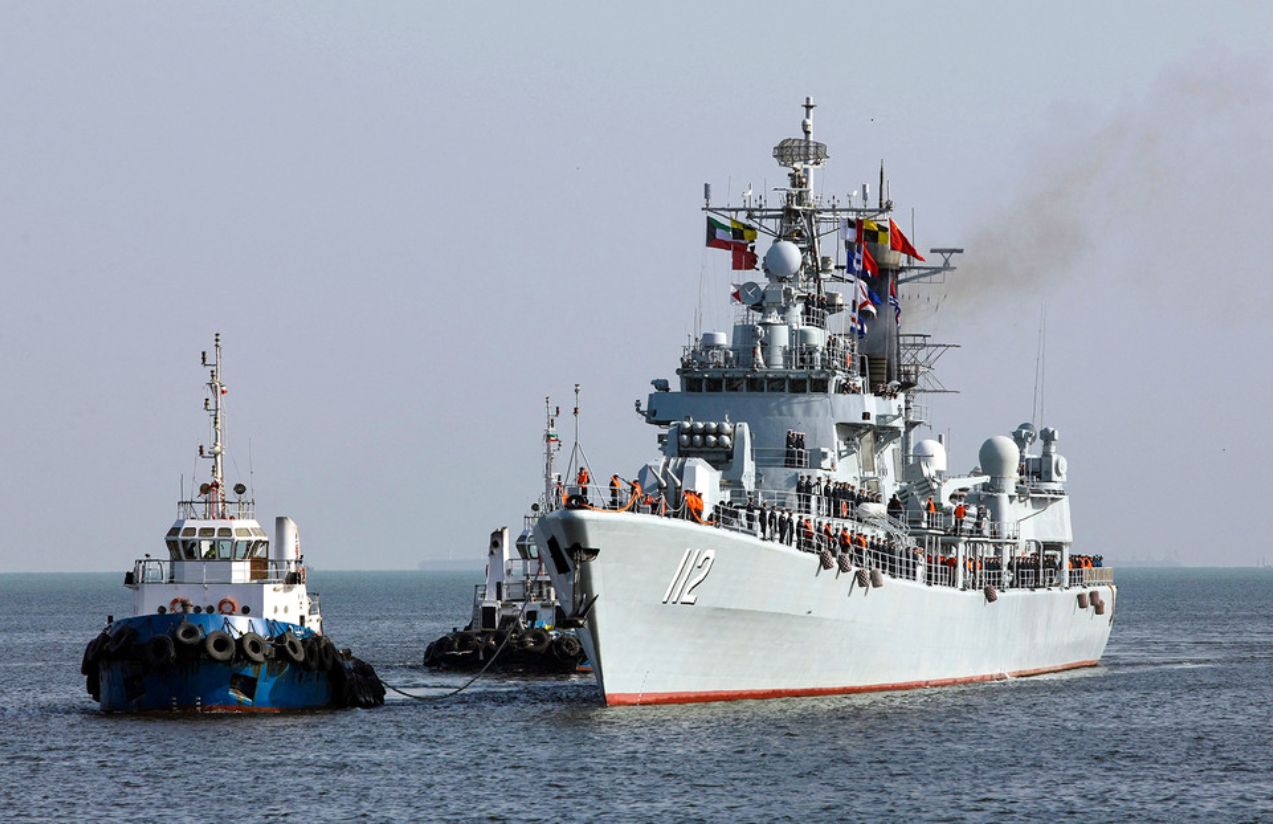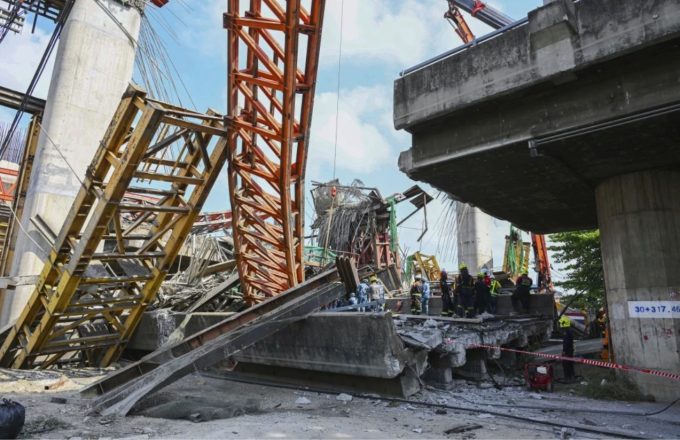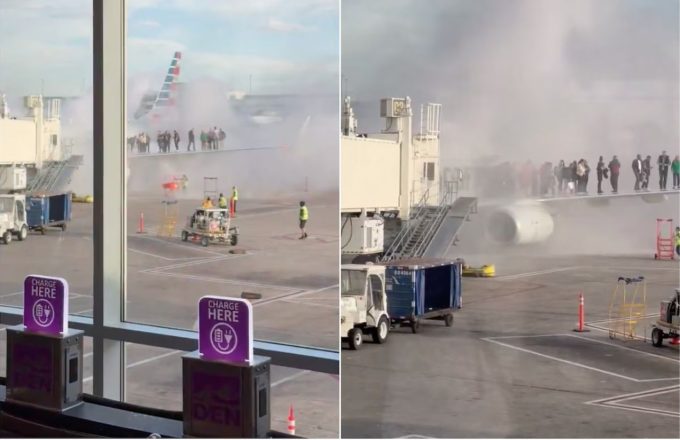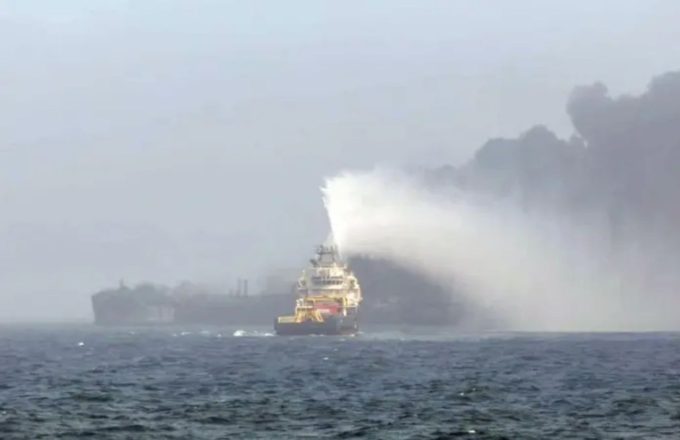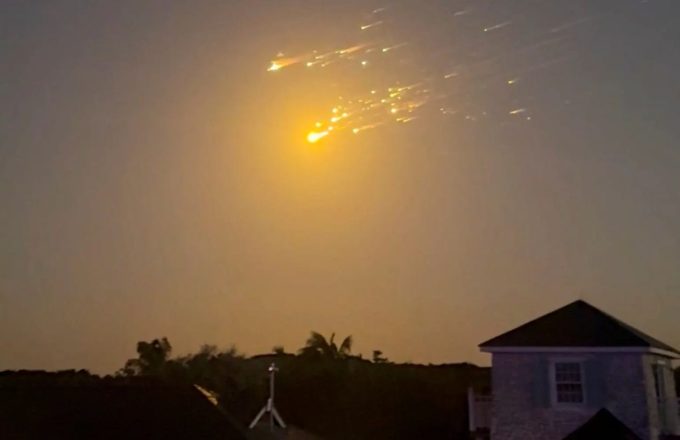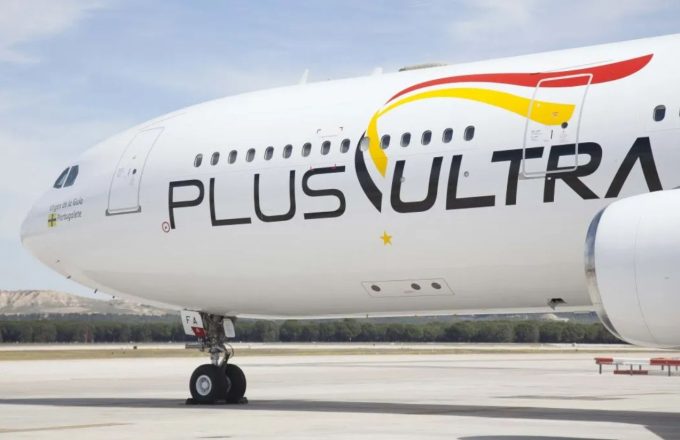Australia and New Zealand leaders say China should have given them more advance notice before its navy conducted an unusual series of live-fire exercises in the waters between both countries, forcing flights to reroute on short notice.
On Friday and Saturday, three Chinese warships carried out maneuvers in international waters, under a heavily trafficked commercial flight route in the Tasman Sea, and at least once, live ammunition was used.
There are no indications that China violated any laws, but analysts say the incident highlights the rising regional tensions over Chinese influence.
The Tasman Sea stretches 2,000 km between Australia and New Zealand, the largest Western powers in the South Pacific. On Thursday, the Australian government reported that three Chinese warships were sailing unusually close to its coast on an undeclared mission.
The Chinese naval task force was within Australia’s exclusive economic zone, an area beyond its territorial waters where a nation has exclusive economic rights. While not unprecedented, it was considered unusual, said Australian Defense Minister Richard Marles.
However, on Friday, commercial flights between Australia and New Zealand had to be urgently rerouted after the Chinese warships warned pilots they were flying over a live-fire exercise.
It has not been confirmed whether live ammunition was used on Friday, but a New Zealand navy vessel tracking the Chinese fleet detected gunfire on Saturday.
Why Are Australia and New Zealand Concerned?
Political leaders from both nations emphasized that China had not broken international law, but insisted that warships should have provided more advance notice before conducting live-fire exercises.
The maneuvers also raised concerns because they took place further south than usual.
New Zealand’s Defense Minister, Judith Collins, told Radio New Zealand on Monday that the drills were announced only a couple of hours in advance, instead of the usual 12 to 24 hours. While there is no legal obligation for China to provide such notice, after flights had to be rerouted, Collins said authorities were now seeking assurances from the Chinese embassy regarding future military activities.
She added that she was unaware of China’s military plans for the coming days. Leaders assured that there was no direct threat to either country and refrained from criticizing China for carrying out these naval operations.
China is the largest export partner for both Australia and New Zealand, and this incident follows a period of improving relations between Beijing and Canberra, after China eased its trade restrictions on many Australian goods.
However, these latest developments could force the Australian government to reassess its diplomatic progress with China, said Michael Shoebridge, a former Australian defense and security official and director of the think tank Strategic Analysis Australia.
“If the Australian Prime Minister admits that stabilizing relations with China has done nothing to curb its growing military aggression in the region, it undermines his foreign policy achievements,” he said.
China’s Response
Chinese authorities firmly rejected claims that the military had failed to give prior warning about the naval drills.
On Sunday, Chinese Defense Ministry spokesperson Wu Qian stated that the warships had “repeatedly issued advance safety warnings.”
He accused Australian officials of making “unreasonable accusations against China” and “deliberately exaggerating the situation.”
A Bigger Strategic Move?
Shoebridge suggested that China’s frustration over Australia’s deepening military ties in Asia could be one of the reasons behind these naval exercises.
Australia has strengthened its security partnerships with Japan, the Philippines, and Vietnam—three nations with territorial disputes with China—increasing its military presence in regional waters.
According to Shoebridge, Beijing aims to isolate these nations amid global tensions and rising frictions between China and Taiwan.
However, many also see the maneuvers as a show of force, demonstrating the Chinese navy’s expanding capabilities in a region where Beijing seeks greater influence.
China has aggressively pursued security agreements with small Pacific island nations, raising concerns in Wellington and Canberra about a potential territorial struggle in their backyard.
This has also triggered backlash from Pacific leaders, who resent Australia and New Zealand’s scrutiny of their diplomatic affairs.
“Anyone who thought there were no downsides to military cooperation with China now knows that’s not true,” Shoebridge stated.
“The last thing anyone in the South Pacific wants is for the Chinese military to bring to our region the tension and aggression they’ve already introduced in Southeast Asia and North Asia.”


